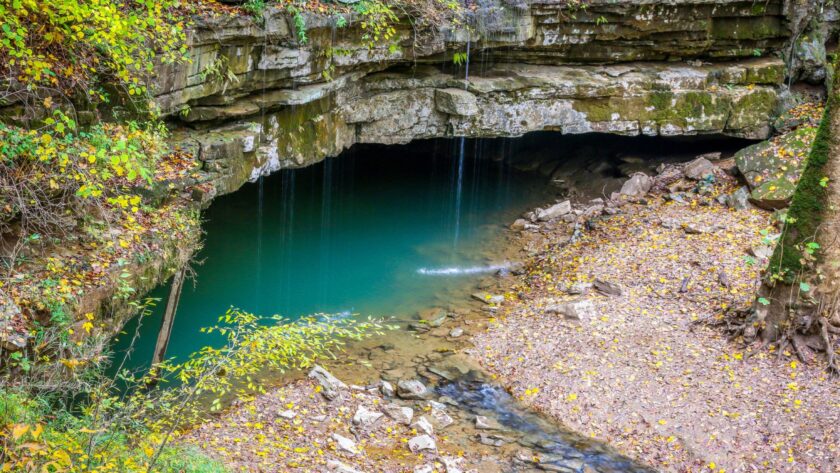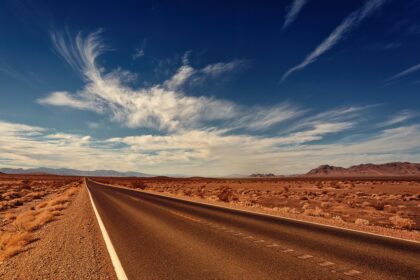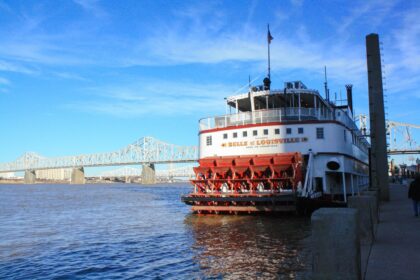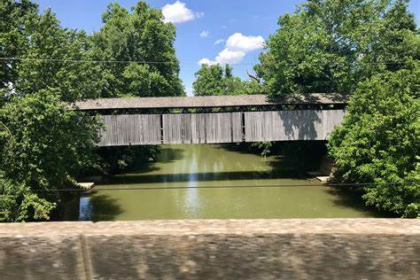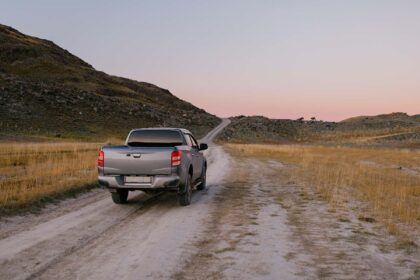Mammoth Cave is a place of beauty, secrets and paradoxes. This is a real kingdom of underground lakes and canyons, waterfalls and streams, narrow passages and domed large halls. Located 80 km from Bowling Green, Kentucky, the cave contains one of the world’s largest underground passage systems, making it a UNESCO World Heritage Site. Mysterious sinkholes, underground waterfalls and gypsum karst cave formations attract many visitors. No one yet knows the true dimensions of the Mammoth Cave. New caves and passages are constantly opening, the underground boundaries of this spectacular labyrinth expand deeper and deeper into the depths of the underworld. Mammoth Cave is the world’s longest underground labyrinth system, if the second and third longest caves in the world are combined, it would still remain the longest in the world with a margin of 160 km.
Establishment of the Mammoth Cave National Park
After Dr. Krogan’s death, his nephews and nieces owned the cave as proxies until the last of the heirs died in 1926. According to his will, after the death of the last heir, the Mammoth Cave should be sold at an open auction. With the death of Dr. Krogan’s last heir, a movement spread among the wealthy Kentucky to create a national park in the cave. The citizens of the state have formed the public organization Mammoth Cave National Park Association. They believed that the only way to ensure its protection for future generations was to create a national park.
Mammoth Cave was considered a clear candidate for park status and state support. In fact, the national park project proved to be a daunting task because, unlike in parks such as Yellowstone and Yosemite, the area around Mammoth Cave was occupied by farms and local entrepreneurs, many of whom did not want to leave their lands, and opposed the creation of a national park. parka.
On May 25, 1926, President Calvin Coolidge signed into law the Mammoth Cave National Park. The law linked the creation of the park to land donations to the federal government.
Some of the farms used donations from wealthy citizens to acquire land, while other plots were acquired under the legal right of the state to alienate private property. Unlike the formation of other US national parks in sparsely populated areas of the country, thousands of people were forced to move to other places of residence. Like the American Indians who originally inhabited these lands, the descendants of European settlers who arrived in the Green Valley in the 1790s were also forced to leave the area.
Mammoth Cave National Park was officially opened on July 1, 1941 with the aim of “protecting a unique underground labyrinth, rolling hills above, and the Green River Valley.”
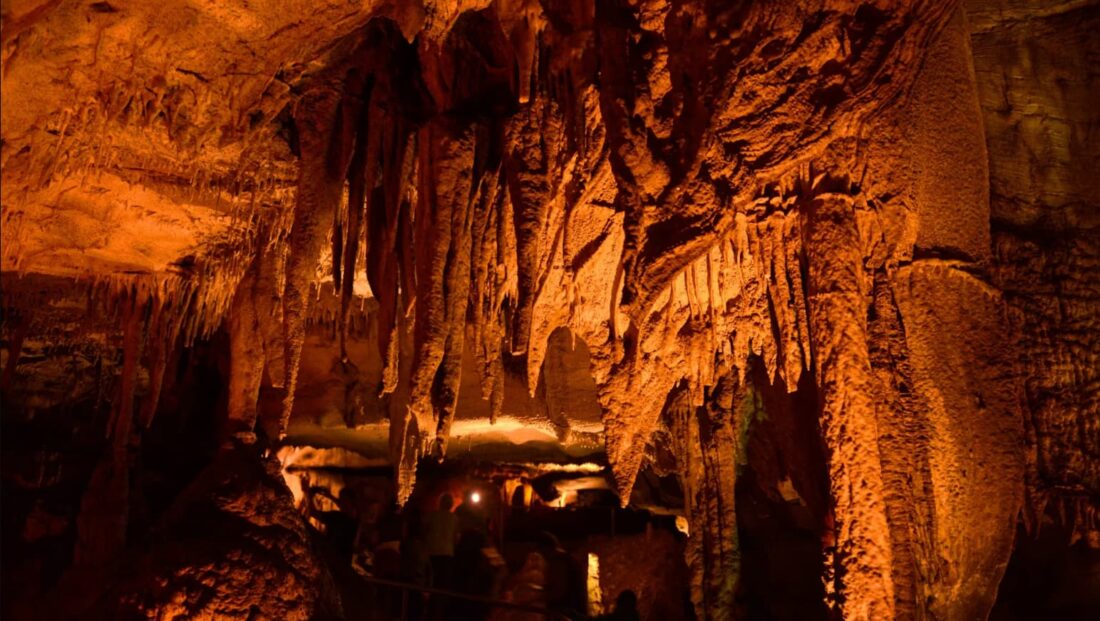
Tourism and attractions of the Mammoth Cave
The United States National Park Service offers visitors a number of cave tours. Tours last from one to six hours. Two excursions are conducted using paraffin lamps only, and are a popular alternative to electrically lit trails. Several “wild” tours deviate from well-developed parts of the cave and lead into dusty tunnels.
Tours of the park are distinguished by the quality of educational programs. Information for tourists depends on the tour chosen, therefore, by taking multiple tours, tourists will learn about the various aspects of the formation of the cave and its history.
The six hour tour is the most popular with tourists. The groups pass through Cleveland Avenue, which is a long cylindrical hall carved out by groundwater. Its walls are glistening with white gypsum, crystallized under a layer of limestone. The route then passes through the Snowball Dining Room, where you can stop for a bite to eat. The tour then proceeds through Boone Avenue, a deep gorge so narrow that you can easily touch the opposite walls of the passage with both hands. The tour ends at Frozen Niagara. Water saturated with minerals, seeping through the rock, gradually formed the Frozen Niagara, a characteristic feature of which is the presence of stalactites, stalagmites, images of stone waves on the walls, imitating the fall of water.
One part of the Mammoth Cave is called the Methodist Church, where it is believed to have held religious services in the early 1800s. Visitors to this part of the cave are given the opportunity to experience what the first tourists felt. The guide turns off the lights and lights torches, and visitors can see firsthand what the cave looked like before the electric lighting was installed here.
Booth Amphitheater is another famous site of the Mammoth Cave and was visited by actor Edwin Booth, the brother of Lincoln assassin John Wilks Booth. It is said that Edwin Booth read Hamlet’s monologue “To Be or Not to Be” in this place.
Nearby is a deep hole in the ground known as the Bottomless Pit. She was called the first cave guides, unable to see its bottom through the faint light of oil lamps. The depth of the Bottomless Pit is 32 meters.
Entrance to the Mammoth Cave. One of the most famous and most photographed objects in the park. Especially good when looking out from the middle of the cave.
The most famous and popular once Eco River Tour, during which tourists had the opportunity to sail by boat on an underground river, was canceled in the early 1990s for environmental reasons. In addition, the maintenance of the cave passages for the public to see, periodically exposed to floods, was incredibly costly. During the season, tourists are offered a cave tour that allows them to see an underground river.
Visitors to the national park rarely see more than 20 km of walking paths. If you have free time, you can explore the cave on your own. In addition, you can go hiking or horseback riding in the more than 112 km2 of the park’s surface, fishing and rowing on the Green River.
The peak tourist season in the park is in the summer, when an average of 5,000 to 7,000 visitors visit the park daily. Approximately 500,000 tourists visit the cave annually.
